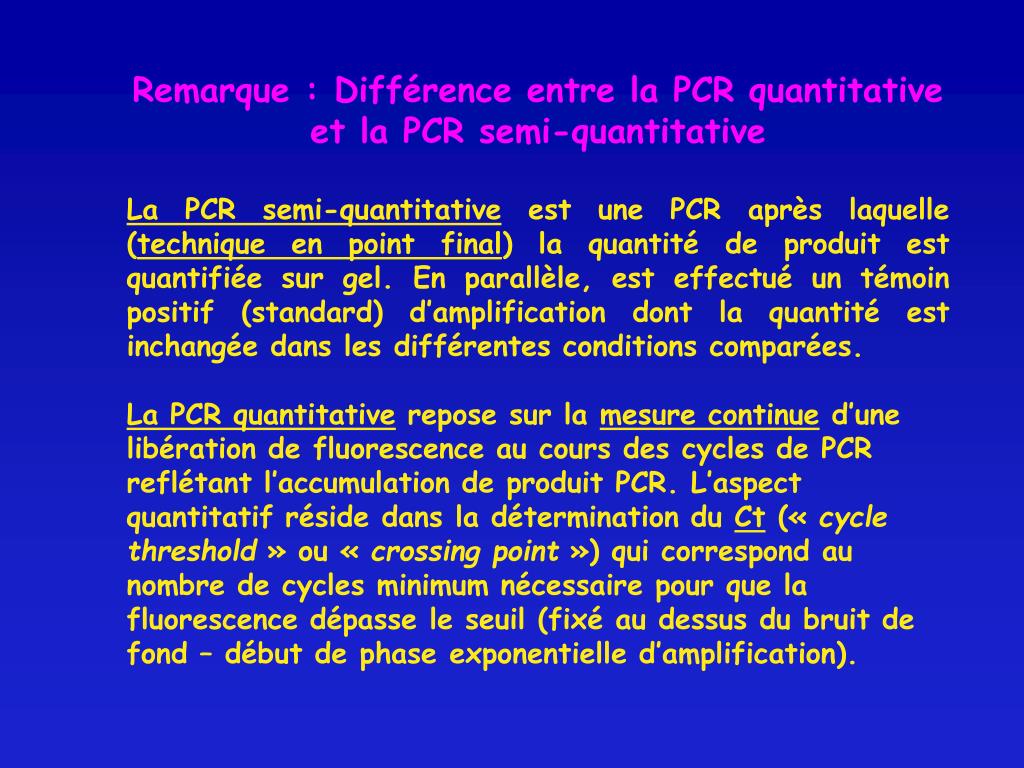
Our results suggested that this alternative PCR test is efficient to guide therapeutic decision based on identification of low replicative HBV infection from all of the chronic hepatitis B carriers requiring treatment, and may be useful in resource-limited settings where the vast majority of cases live.ĭiagnosis Hepatitis B virus Inactive chronic hepatitis Monitoring Resource-limited settings Semi-quantitative PCR.Ĭopyright © 2017 Elsevier B.V. The semi-quantitative assay correctly identified 40/40 (100%) low replicative HBV DNA patients and 58/61 (95%) samples from HBV-infected subjects with moderate/high levels of viral DNA. The capacity of a new semi-quantitative real-time PCR approach based on sample-to-standard relative detection of the target to discriminate samples with HBV DNA levels above or below the clinical threshold of 2000IU/ml was compared to a quantitative assay (Roche CobasAmpliPrep/CobasTaqMan HBV Test v2.0). Simplified diagnostic tests can improve access to HBV DNA monitoring in resource-limited settings. halioticida which should prove useful for future studies concerning the involvement of this bacterium with shellfish mortalities.Antiviral therapy can be avoided during the low replicative phase of chronic Hepatitis B virus (HBV) infection which is characterized notably by HBV DNA concentration below 2000IU/ml. The real-time PCR assay developed in this study allows for rapid, specific and sensitive detection of F. The findings from this study provide further evidence indicating that F. halioticida may be contributing to mussel mortalities however, a direct causal relationship has not yet been established. Less than a month later, Saint-Brieuc was affected by unusual mortalities and F. halioticida was detected in almost all mussels (81.25%). The bacterium was detected in 71.4% of the samples tested and was present at all sites except for Saint-Brieuc and Mont-Saint-Michel, two sites which were not concerned by mortality at the time of sampling. With advances in molecular technology, the study of human ageing has turned to DNA for answers as to how humans. The objective was to screen for the presence of F. halioticida during spring mortality events. Browsing by Subject semi-quantitative PCR. In 78 of the samples with monomicrobial infections the assay contained probes to detect the bacteria present in the urine specimens and 99 of these uropathogens was correctly identified. DNA samples from mussels collected in April 2020 from seven sites in northern Brittany (France) were tested using the newly developed real-time PCR assay. Using a PCR Ct value of 25 as semi-quantitative breakpoint for significant bacteriuria resulted in a sensitivity and specificity of 97 and 80, respectively. halioticida is relied on bacterial culture and conventional PCR however, the real-time PCR provides many advantages because it is faster, less labour-intensive and reduces the risk of cross-contamination. For example if product A is having BET limit of not more than 0.20 EU/mg then results would be either less than 0.20 EU/mg or greater than 0.20 EU/mg. The difference comes that RT-PCR collects signal (fluorescent) information at the end of each amplification cycle. In BET if it is performed by gel clot method then it is semi quantitative because by this method we could either give results in form of less than or greater than the specified limits.

The current study describes the development and application of a TaqMan ® real-time PCR assay for the detection of the bacterium Francisella halioticida. Both RT-PCR and Qualitative PCR (Endpoint) are essentially the same PCR process.


 0 kommentar(er)
0 kommentar(er)
